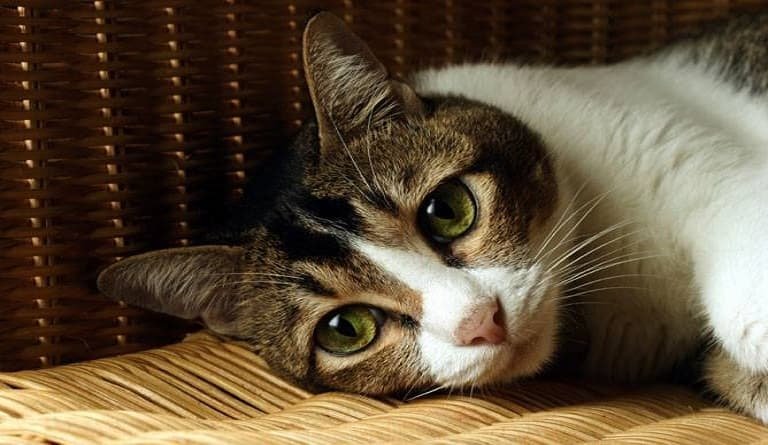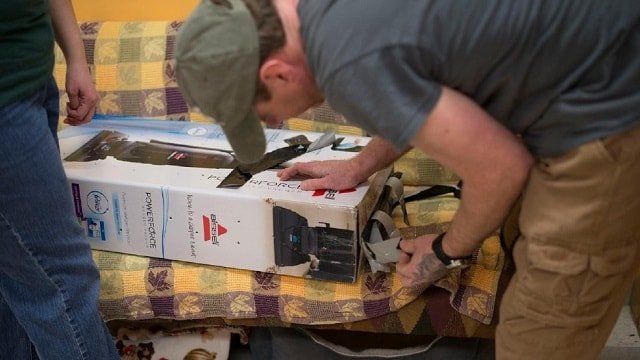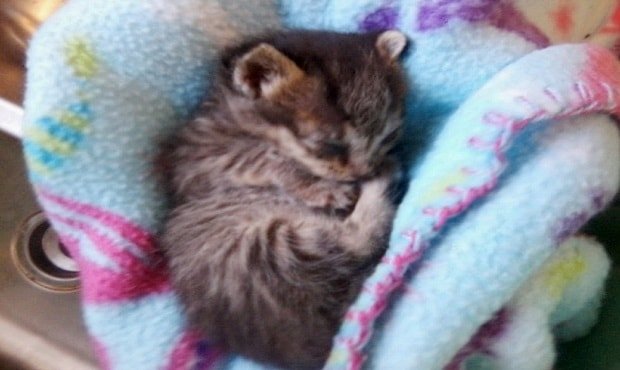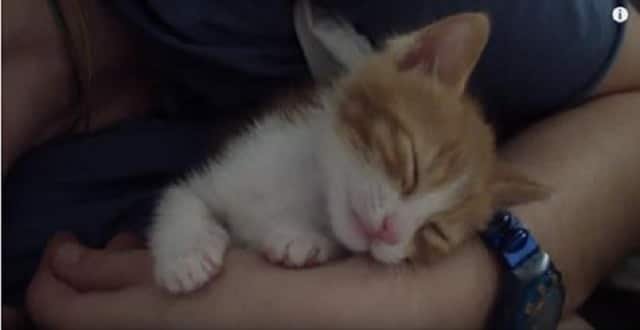When a parent, spouse, child, or someone close to us dies, our loss is usually met with sympathy, comfort, and offerings of true condolence. of course, we are allowed to grieve. We are allowed to cry and we are able to experience our emotions.
But talk to the millions of pet owners who have had a dog hit by a car or a terminally ill cat euthanized and you will hear a bit of a different story. Many will tell you that other people did not understand the depth of their grief. Some have even experienced the gross insensitivity of a comment like, “Why don’t you just get another pet?”
Mourning a pet may not only be painful because of the loss itself, but deeper due to the potential loneliness that comes with this type of grieving.
Why Are these Feelings So Painful?
When we are grieving the loss of a beloved pet, we are actually mourning several classes of losses at the same time. These include:
The loss of unconditional love: Our pets provide us with emotional responses which are uninhibited by concern for how their expression appears to others.
Many of our human relationships aren’t as simple as that; they can be riddled with anxiety about rejection and also other fears that often dictate how we behave and what we share. Our pets do not judge insecurity or imperfection. Fur-babies are all-accepting in ways few humans can achieve.
The loss of a protégé: Having a pet is a lot like being a parent. We are responsible for another life and often go to great lengths to ensure the pet’s physical and emotional comfort and numerous activities revolve around our animal companion’s needs. We hire pet walkers and sitters to provide our furry friend with some company or exercise. We go to dog parks to enhance our pooch’s life with some social activity. All are efforts to provide our loved ones with the best caretaking possible. Consequently, the loss of a pet can feel exactly like the loss of a child.
The loss of a true “life witness”: Not only do our animals provide us with their uninhibited emotional expressions, but they also allow us to express parts of ourselves which we may never let other humans see. They observe our weaknesses, our victories, and move along through years of our lives with us. During periods of upheaval, they also often provide us with security, stability and comfort.
The loss of multiple relationships and routines: Each role that the pet occupied (e.g., friend, child, significant other) as well as each role that we as owners took on is additional loss. We must say goodbye to the feeding time, walking routes, and all the aspects that made up our practical routines. We must not only say goodbye to the physical activities, but also to the reflexive way we called to our companion when we wanted comfort and love. These goodbyes all contribute to the time and patience needed to grieve the loss of a pet.
The loss of a primary companion: For some of us, our pet was our only social companion in the entire world. We may not have had any other close contacts, due perhaps to depression, anxiety, or possibly even a debilitating physical illness. We relied exclusively on our pet for support and love.
What Might Make My Grief More Complicated?
As if the range of losses just listed was not enough, grief may be complicated by any number of additional factors which include:
Guilt: This is the primary hurdle to a healthy grieving process. Did I do enough for the pet? Or that old “If only I…” Whether the pet died after a short or long struggle, many of us wonder if there were routes we had not explored, medications not taken, surgeries not performed. If we were unsure about whether all options were exhausted, then residual guilt may then hinder moving through grief effectively.
Euthanasia: Many of us are called upon to make the excruciating decision to end the life of a pet. We spend their entire lives ensuring the health of our companion, and while euthanasia may end our pet’s suffering, it contradicts every single instinct we have. Grief is also further complicated if we are plagued by doubt — was it really the right time? Was he really getting worse or perhaps he wasn’t? Questions like these may never have answers. Furthermore, we are left with the image of our pet just as he or she died, which in and of itself can be overwhelming.
Circumstances surrounding the loss: If our pet died in a way we perceive could have been avoided, the duration and severity of guilt can be severely intensified. “I should have closed the screen door tighter so she couldn’t run into the street” or “I wish I had noticed her symptoms sooner, because she’d be alive today if I had.” Such comments only serve to punish ourselves even further.
Expectations that mourning will end at a particular time: One of the ways grief is derailed is when we or those we turn to for support impose a timeline. “I should be better than this by now,” or “Why is she still so sad?” Not having the necessary time to mourn, which varies for each of us, creates emotional pressure to just “get better quickly.” This ultimately results in the opposite of what we’re seeking — the process and all the feelings take even longer to subside.
Reawakening of an old loss: A companion animal’s death may remind the owner of a previous loss, animal or perhaps even another person. An unresolved loss can complicate the current mourning process. It is then important to not only mourn the lost pet, but to take the opportunity to achieve closure on earlier losses.
Resistance to mourning: This complication often arises out of our existing personal style of coping. Some of us may suppress feelings so that we don’t appear to be weak. We may fear that the tears may never stop if we do allow them to begin. Whatever we use to defend against our true emotional experience can and will complicate our natural progression of grief.
Many of these complications have very important functions. Staying conflicted about the death of our pets often binds us to our deceased companion, keeping us closer to the time when he or she was alive and healthy. Letting go of grief can also be mistakenly interpreted as some betrayal, that trying to feel better is equated with trying to forget. Keep in mind, that is not the goal of grieving. We’ll always love our pet. Healthy grieving is getting “through,” not over, a loss.
What Can I Do to Help Myself Grieving the Loss of a Pet?
There are actually several things you can do to aid in the mourning of your loss:
You should be patient and kind with yourself. This is the first key to dealing with all of your grief effectively. Our losses are real, painful, and evoke a variety of feelings and memories. Any time you find yourself wishing you were better, wanting to be “past” it, remind yourself that your emotional processing has no true endpoint. You’re in mourning and, by pressuring yourself, you will only make yourself feel worse.
Find an ally: Find at least one safe person you can talk to about this loss. If you can’t identify someone who is safe, then call your veterinarian and ask for the name of another pet owner who recently experienced a loss, or look into joining a support group specifically for dealing with pet loss.
Conduct an overview of your pet’s life: You can do this by writing down your thoughts and also you feelings or by sharing your pet’s story with your ally. When did you get your pet? What are some special memories you have? What were some of his or her personality features? What will you miss the most about your pet? This overview helps solidify the things you never want to forget.
Engage in rituals: Humans do have prescribed ways to mourn. We have funerals, ceremonies, and anniversaries of the beloved’s death acknowledged. These rites are specifically designed to help us grieve and to remember our loved ones. You can create your own rituals for your pet. For instance, having a ceremony in the dog park or hold a service at home or in a place special to you and your pet.
Dispose of possessions gradually: Often, we encounter the food bowl, bed, or blankets and are unsure of just what to do with them. The first step can be to move them to a different location from where they always were. For instance, take the cat or dog bed out of your bedroom. This helps the transition, and will let you move the items before you remove them. When you are ready, put your pet’s tag on your keychain. Seal his or her belongings inside a trunk. Or you can donate the bed to an animal organization.
Memorialize your pet: Do a tree planting or perhaps sow a garden. These can be living tributes that will continue as reminders of your pet for years to come.
This is a very sorrowful time. While we may be compelled to find strategies to move through this period, there will be occasions when the answers to our painful questions will remain unanswered,
What would your pet do if he or she knew you were sad and in pain? The answer is clear: your pet would give you love, give you comfort, and stay with you as long as it took.
That is one of the most important lessons we can learn from our animal friends.










